Nokia 2011 Annual Report Download - page 235
Download and view the complete annual report
Please find page 235 of the 2011 Nokia annual report below. You can navigate through the pages in the report by either clicking on the pages listed below, or by using the keyword search tool below to find specific information within the annual report.-
 1
1 -
 2
2 -
 3
3 -
 4
4 -
 5
5 -
 6
6 -
 7
7 -
 8
8 -
 9
9 -
 10
10 -
 11
11 -
 12
12 -
 13
13 -
 14
14 -
 15
15 -
 16
16 -
 17
17 -
 18
18 -
 19
19 -
 20
20 -
 21
21 -
 22
22 -
 23
23 -
 24
24 -
 25
25 -
 26
26 -
 27
27 -
 28
28 -
 29
29 -
 30
30 -
 31
31 -
 32
32 -
 33
33 -
 34
34 -
 35
35 -
 36
36 -
 37
37 -
 38
38 -
 39
39 -
 40
40 -
 41
41 -
 42
42 -
 43
43 -
 44
44 -
 45
45 -
 46
46 -
 47
47 -
 48
48 -
 49
49 -
 50
50 -
 51
51 -
 52
52 -
 53
53 -
 54
54 -
 55
55 -
 56
56 -
 57
57 -
 58
58 -
 59
59 -
 60
60 -
 61
61 -
 62
62 -
 63
63 -
 64
64 -
 65
65 -
 66
66 -
 67
67 -
 68
68 -
 69
69 -
 70
70 -
 71
71 -
 72
72 -
 73
73 -
 74
74 -
 75
75 -
 76
76 -
 77
77 -
 78
78 -
 79
79 -
 80
80 -
 81
81 -
 82
82 -
 83
83 -
 84
84 -
 85
85 -
 86
86 -
 87
87 -
 88
88 -
 89
89 -
 90
90 -
 91
91 -
 92
92 -
 93
93 -
 94
94 -
 95
95 -
 96
96 -
 97
97 -
 98
98 -
 99
99 -
 100
100 -
 101
101 -
 102
102 -
 103
103 -
 104
104 -
 105
105 -
 106
106 -
 107
107 -
 108
108 -
 109
109 -
 110
110 -
 111
111 -
 112
112 -
 113
113 -
 114
114 -
 115
115 -
 116
116 -
 117
117 -
 118
118 -
 119
119 -
 120
120 -
 121
121 -
 122
122 -
 123
123 -
 124
124 -
 125
125 -
 126
126 -
 127
127 -
 128
128 -
 129
129 -
 130
130 -
 131
131 -
 132
132 -
 133
133 -
 134
134 -
 135
135 -
 136
136 -
 137
137 -
 138
138 -
 139
139 -
 140
140 -
 141
141 -
 142
142 -
 143
143 -
 144
144 -
 145
145 -
 146
146 -
 147
147 -
 148
148 -
 149
149 -
 150
150 -
 151
151 -
 152
152 -
 153
153 -
 154
154 -
 155
155 -
 156
156 -
 157
157 -
 158
158 -
 159
159 -
 160
160 -
 161
161 -
 162
162 -
 163
163 -
 164
164 -
 165
165 -
 166
166 -
 167
167 -
 168
168 -
 169
169 -
 170
170 -
 171
171 -
 172
172 -
 173
173 -
 174
174 -
 175
175 -
 176
176 -
 177
177 -
 178
178 -
 179
179 -
 180
180 -
 181
181 -
 182
182 -
 183
183 -
 184
184 -
 185
185 -
 186
186 -
 187
187 -
 188
188 -
 189
189 -
 190
190 -
 191
191 -
 192
192 -
 193
193 -
 194
194 -
 195
195 -
 196
196 -
 197
197 -
 198
198 -
 199
199 -
 200
200 -
 201
201 -
 202
202 -
 203
203 -
 204
204 -
 205
205 -
 206
206 -
 207
207 -
 208
208 -
 209
209 -
 210
210 -
 211
211 -
 212
212 -
 213
213 -
 214
214 -
 215
215 -
 216
216 -
 217
217 -
 218
218 -
 219
219 -
 220
220 -
 221
221 -
 222
222 -
 223
223 -
 224
224 -
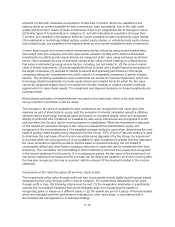 225
225 -
 226
226 -
 227
227 -
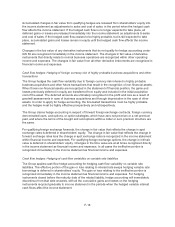 228
228 -
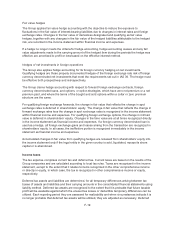 229
229 -
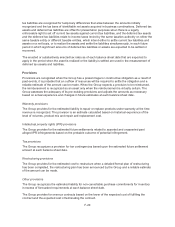 230
230 -
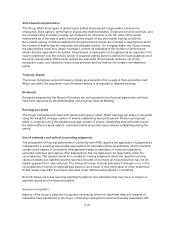 231
231 -
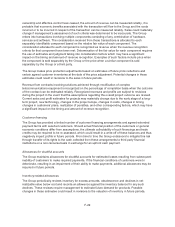 232
232 -
 233
233 -
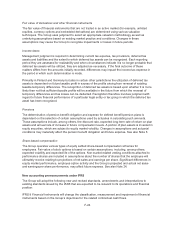 234
234 -
 235
235 -
 236
236 -
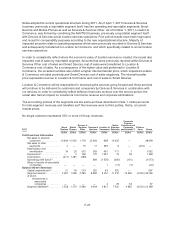 237
237 -
 238
238 -
 239
239 -
 240
240 -
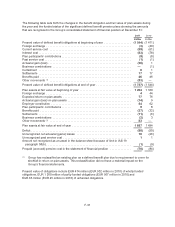 241
241 -
 242
242 -
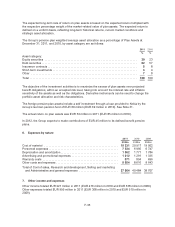 243
243 -
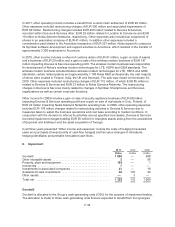 244
244 -
 245
245 -
 246
246 -
 247
247 -
 248
248 -
 249
249 -
 250
250 -
 251
251 -
 252
252 -
 253
253 -
 254
254 -
 255
255 -
 256
256 -
 257
257 -
 258
258 -
 259
259 -
 260
260 -
 261
261 -
 262
262 -
 263
263 -
 264
264 -
 265
265 -
 266
266 -
 267
267 -
 268
268 -
 269
269 -
 270
270 -
 271
271 -
 272
272 -
 273
273 -
 274
274 -
 275
275 -
 276
276 -
 277
277 -
 278
278 -
 279
279 -
 280
280 -
 281
281 -
 282
282 -
 283
283 -
 284
284 -
 285
285 -
 286
286 -
 287
287 -
 288
288 -
 289
289 -
 290
290 -
 291
291 -
 292
292 -
 293
293 -
 294
294 -
 295
295 -
 296
296
 |
 |
IFRS 10 Consolidated Financial Statements establishes principles for the presentation and preparation
of consolidated financial statements when an entity controls one or more other entities.
IFRS 11 Joint Arrangements establishes that the legal form of an arrangement should not be the
primary factor in the determination of the appropriate accounting for the arrangement. Party to a joint
arrangement determines the type of joint arrangement in which it is involved by assessing its rights and
obligations and then accounting for those rights and obligations in accordance with that type of joint
arrangement.
IFRS 12 Disclosure of Interests in Other Entities requires disclosure of information that enables users
of financial statements to evaluate nature of, and risks associated with, its interests in other entities
and the effects of those interests on its financial position, financial performance and cash flows.
IFRS 13 Fair Value Measurement replaces fair value measurement guidance contained within
individual IFRSs with a single, unified definition of fair value in a single new IFRS standard. The new
standard provides a framework for measuring fair value, related disclosure requirements about fair
value measurements and further authoritative guidance on the application of fair value measurement in
inactive markets.
Amendments to IAS 1 Presentation of Financial Statements retains the ‘one or two statement’
approach at the option of the entity and only revises the way other comprehensive income is
presented: Requiring separate subtotals for those elements which may be ‘recycled’ and those
elements that will not.
Amendment to IAS 12 Income Taxes provides clarification for measurement of deferred taxes in
situations where an asset is measured using the fair value model in IAS 40 Investment Property by
introducing a presumption that the carrying amount of the underlying asset will be recovered through
sale.
Amended IAS 19 Employee Benefits discontinues the use of the ‘corridor’ approach and
re-measurement impacts will be recognized in other comprehensive income (with the remainder in
profit or loss). Other long-term benefits are required to be measured in the same way even though
changes in the recognized amount are fully reflected in profit or loss. Treatment for termination
benefits, specifically the point in time when an entity would recognize a liability for termination benefits
is also revised.
Amendments to IAS 1 and IAS 12 will be adopted on January 1, 2012. The Group expects to adopt the
new standards IFRS 10, IFRS 11, IFRS 12 and IFRS 13 as well as the amended IAS 19 on their
effective date, January 1, 2013.
On 16 December 2011, the IASB amended the effective date of IFRS 9 to annual periods beginning on
or after 1 January 2015, and modified the relief from restating comparative periods and the associated
disclosures in IFRS 7. The Group will adopt the standard on the revised effective date.
The Group is currently evaluating potential impact of the new standards on its accounts.
2. Segment information
Nokia has three businesses: Devices & Services, Location & Commerce and Nokia Siemens Networks,
and four operating and reportable segments for financial reporting purposes: Smart Devices and
Mobile Phones within our Devices & Services business, Location & Commerce and Nokia Siemens
Networks.
F-25
